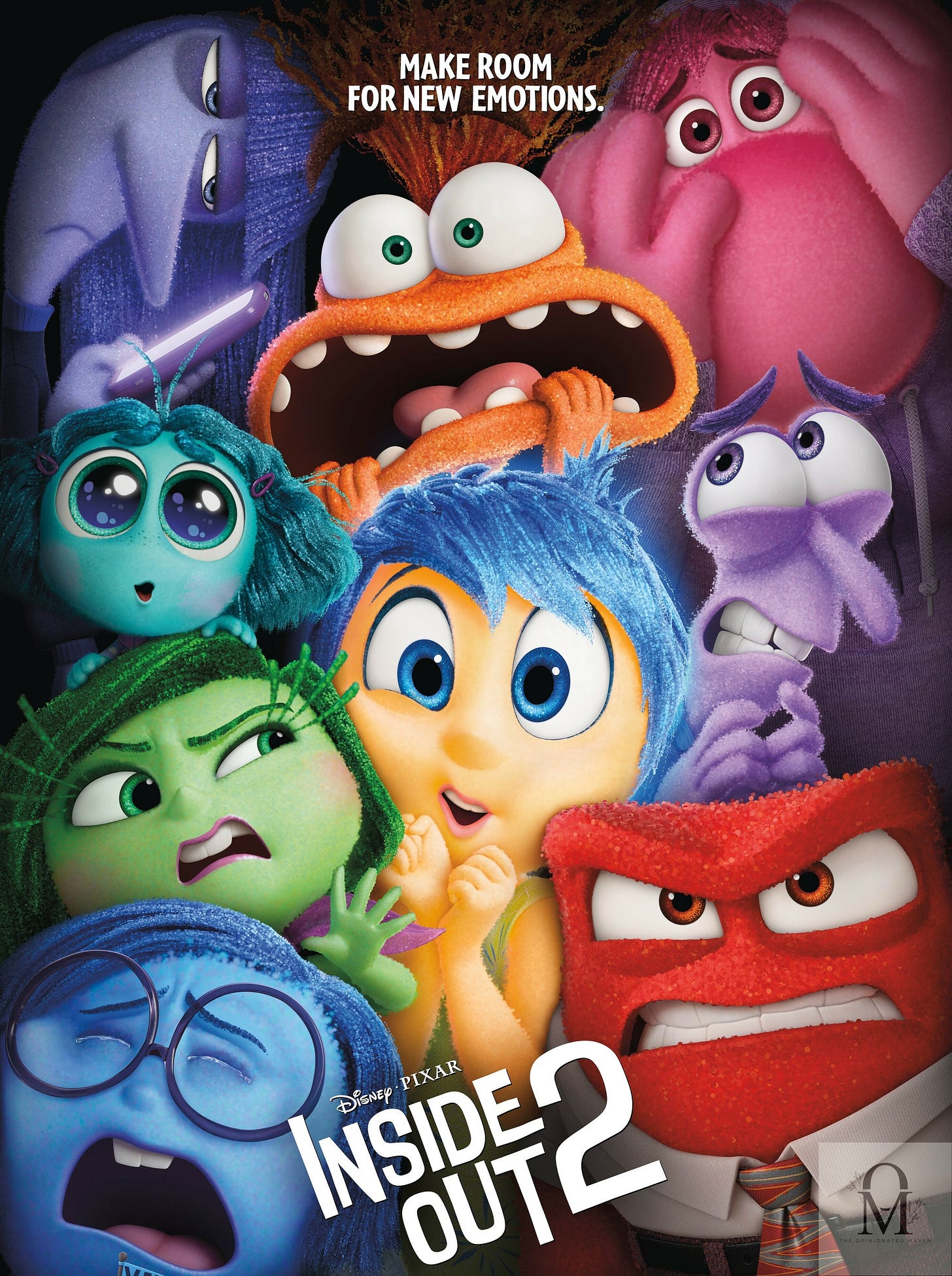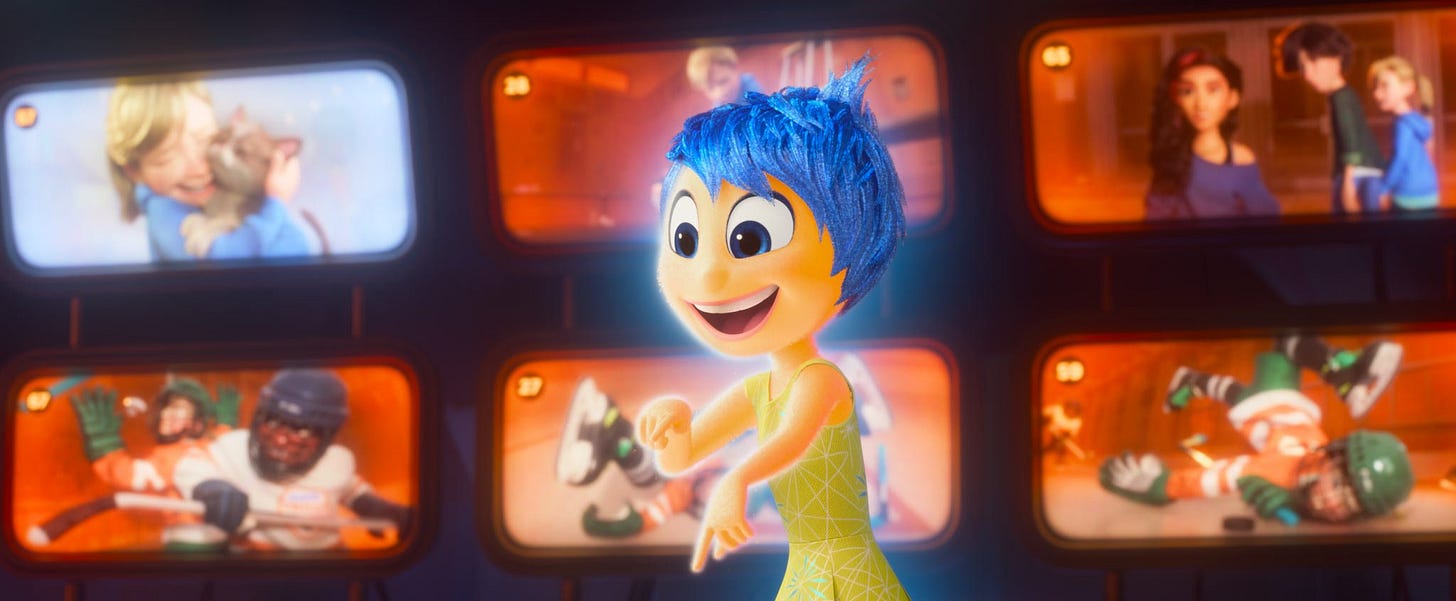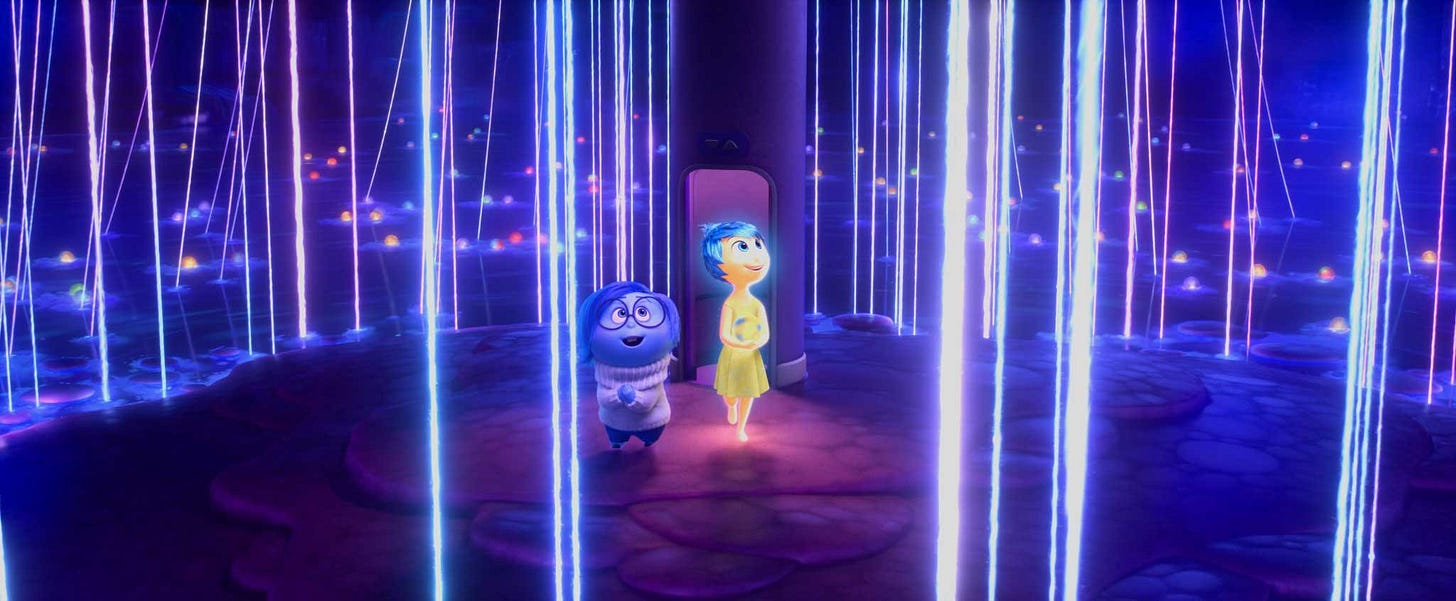Inside Out 2: Unlocking the Emotional Depths of Adolescence and Beyond
Dive into Inside Out 2 to explore how it depicts adolescent emotions and how puberty shapes our decisions, offering insights for parents and anyone interested in emotional growth.
As an avid fan of Disney’s “Inside Out,” my daughter dragged me straight into the theater the moment “Inside Out 2” was released. Perhaps because I was too busy with work recently, I hadn’t kept track of the sequel’s plot and went in completely blind, not knowing what to expect.
After the movie ended, I walked out of the theater with puffy eyes, overwhelming emotions, and a deep resonance. Here’s why.
Movie Summary
In Inside Out 2, the story follows 13-year-old Riley as she navigates the trials of adolescence. The film opens with Joy and her team responding to an unfamiliar alert known as the “Puberty Alarm.” This introduces a new set of emotions—Anxiety, Envy, Ennui, and Embarrassment—which complicates matters for Riley, and the original emotions. As Anxiety, the new emotions' leader, takes charge, Riley faces strains in her friendships, struggles with school, and experiences difficulties in her hockey team. To help Riley find her balance and steer through her teenage years, the original emotions must team up with the new ones.
Spoiler Alert: If you haven't watched the movie and want to avoid spoilers, please do not read further.
Riley’s Adolescent Journey
We were all teenagers once. Most of us, if not all, went through a similar phase-changing journey as Riley did at 13 years old, commonly known as ‘Puberty.’ As we grow, new emotions develop within us. In Riley’s case, the new emotions that emerged during puberty were Anxiety, Envy, Embarrassment, Ennui (boredom), and Nostalgia. These new emotions significantly influenced how Riley formed her perspectives and made decisions.
In the movie, we witness how these emotions manipulate Riley into making certain decisions. A more direct way of understanding this in our real-life perspective is that our decisions change and vary based on the different emotions we feel at any given time. If we speculate and make too many assumptions, we may make decisions we tend to regret. This is illustrated by Anxiety’s actions in the movie, where her meticulous calculations to prevent bad outcomes for Riley were based on her own assumptions. What Anxiety didn’t realize was that the decisions she influenced Riley to make were not truly what Riley wanted.
Joy’s Motherly Instinct and Protective Nature
As we all know, Joy represents happiness and ensures Riley is always happy. She is also the leader of the original emotion squad. However, she also possesses a very protective nature and wishes to shield Riley from bad memories. In the movie, we see a literal and visual representation of what it means to push something to ‘the back of our minds.’ Before the new emotion squad arrived, Joy and her team were nit-picking memories they deemed unsuitable, too negative, or trivial for Riley to remember. They devised a system to blast these ‘unwanted’ memories from HQ to the ‘back of Riley’s mind’—the deepest and darkest corner of her mind.
When all hell breaks loose and the team has to find their way to the ‘back of Riley’s mind,’ we witness Joy’s breakdown for the first time. She feels weak and useless for not being able to control the situation and has no idea how they can restore Riley’s first ‘Sense of Self’—a newly introduced belief system in the Inside Out 2 plot. This belief is formed by the memories Joy and her team placed in the memory stream. In real life, this corresponds to how beliefs influence our personalities.
United by Purpose, Fueled by Passion
What’s amazing about Inside Out 2 is that it contains so much educational material. It even teaches us that to achieve our objectives and purposes, we must be united.
The movie first portrays such unity when Joy and her team need to travel all the way to the ‘back of Riley’s mind,’ encountering many obstacles and obstructions. As a happy and joyous emotion, we would never expect to see the downside of Joy, but we witness that moment when she gives up and thinks nothing will work anymore. Anger’s encouragement, along with the rest of the team’s positive support, helps her revert to her joyous self and leads the team further on their journey to complete their mission.
Think about the moment when Anxiety’s rapid actions nearly break Riley’s mind, creating a negative ‘Sense of Self’ and worsening Riley’s belief system. Fueled by their passion to ensure Riley remains true to herself and makes her own decisions, the team bands together and destroys the negative beliefs with everyone’s help.
Such a level of achievement and satisfaction is tremendously fulfilling. Wouldn’t we love to have that in our lives or work?
Key Takeaways
Everyone has imperfections—whether you, me, him, or her. It is these imperfections, alongside our strengths, that make us who we are.
No one is perfect. To truly accept someone means embracing them wholeheartedly, including both their strengths and flaws.
Unity is achieved by bringing together diverse strengths, ideas, and perspectives, which enables the creation of synergistic solutions.
Puberty is a significant phase in our lives that can shape our path into adulthood.
A Thought for Parents: Inside Out 2 portrays how teenagers think and behave during puberty. By referencing this movie, you may gain a better understanding of your teens and help them navigate their adolescent journey more smoothly.
Inside Out 2 will be available for streaming on Disney+ after its theatrical run.
Don’t miss out on this insightful sequel—experience the emotional journey of adolescence and gain valuable perspectives for yourself and your family.








